Utpal, a celebrated film director from the Northeast, reviews Kolkata Cocktail, a poetry film, by the music-and-film director, Shuvayu Bhattacharya. It is a new fortnightly column that begins this Thursday, exclusively for Different Truths.
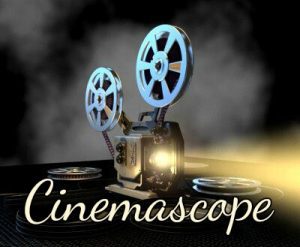
The film, Kolkata Cocktail, opens with a wide shot of the Kolkata streets. The camera moves from the main streets to the footpath and begins to give us a feel of a wistful college girl, looking out for some destination.
The camera captures a signboard – ‘Coffee O Kavita’, the camera moves forward, and a smiling girl appears in the soothing blue colored door frame, pushes the glass door, and enters, two other ladies are sitting there as if they were waiting for this new entrant. All three of them look like belonging to a close-knit group, and they start to talk in the language of poetry and cadence, reminiscent of their old, forgotten days. At a point in time, they go out of the blue-colored restaurant and explore the greater entity of the city of Kolkata.
All three of them look like belonging to a close-knit group, and they start to talk in the language of poetry and cadence, reminiscent of their old, forgotten days.
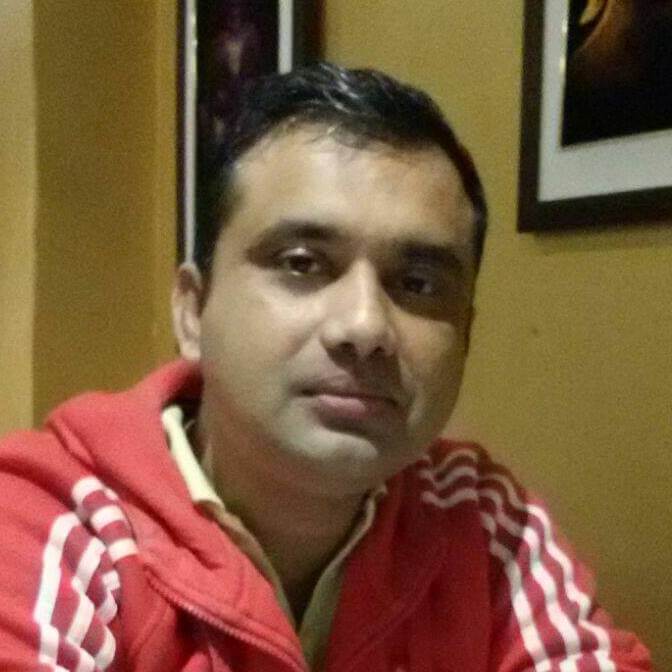
Director Shuvayu Bhattacharya’s ‘poetry film’ Kolkata Cocktails started like this and this opening scene compelled the audience to go along with the three ladies to discover the unexplained joy and excitement of being and belonging to Kolkata, the city. Those three ladies of Kolkata manage time out of their busy schedules, to revisit their past in the city. One is a ‘Bodhu’ (housewife) from Kolkata, the second person is visiting from her working place Mumbai and the third lady is visiting the city all the way from the USA, her present address.
They visit their old favorite hangout spots, walk by the tram line, sit for an adda in the stairs of a century-old building, sit on the grass lawn of Victoria memorial, take channa from the vendor at Maidan, purchase fun toys at New Market. The tapestry of these momentary experiences takes them to their childhood, giving them the pleasure of discovering their own forgotten selves and a sense of much-desired freedom from their suffocating daily lives.
Towards the end of the film, the audience realises that Kolkata is closely attached to the diverse feelings and experiences of the ladies.
Towards the end of the film, the audience realises that Kolkata is closely attached to the diverse feelings and experiences of the ladies. The corporate lady settled in Mumbai with her eternal agony, the lady who is leading an apparently contented life abroad (her shots with flowers reflect the content in a subtle way), all of them are in search of solace in their city of memories — Kolkata.
A long-duration panning of 360 degree covers the entire Kolkata and allows the audience to feel that all the pain and joy are being concentrated in this city of Kolkata. The structure of the film stands on the poems and three short stories written by the three ladies that appear in the film. The screenplay writer had built up the three characters based on those prose pieces. One of the three ladies, Parama, is a typical Bangla housewife (bohu), and to establish her status, the director has used some elements signifying obstacles, which speaks of the lady living within some bindings. While the visuals vividly portrayed the character, their word support (audio) was a sort of repetition only and it disturbed the power of visuals and cinematic language. The same narrative is also used for the other characters.
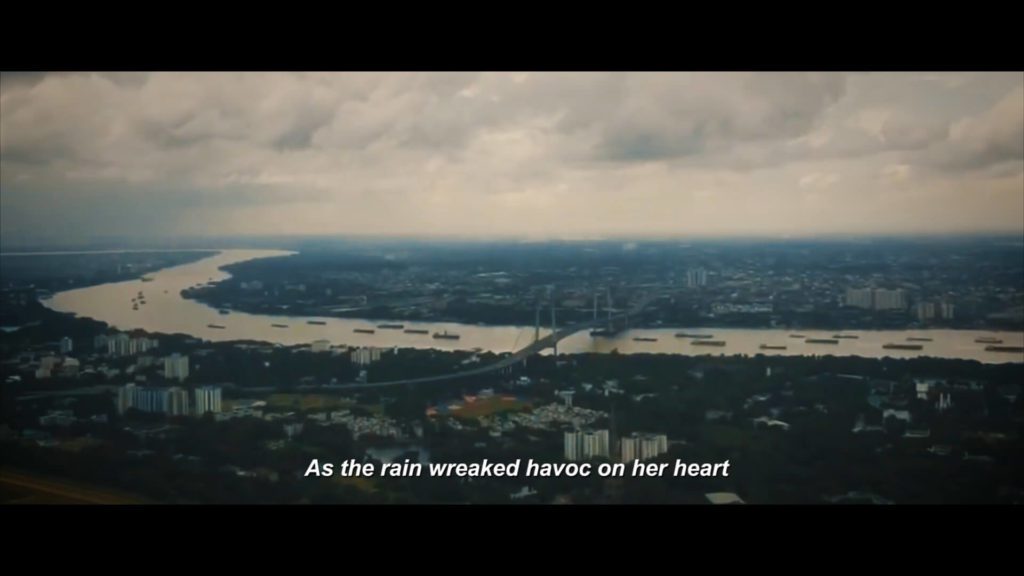
In the entire narrative of the film, no male counterpart of the ladies was shown, and yet one can easily feel their existence. The common element of all the three women is the inner woman residing in them, and that woman carries a world of her own with some free space, fresh air, fresh sound after completing all her regular responsibilities and duties.
But this film has established a new angle through which one can see that silent woman residing inside all women – she is beyond gender, she is unique…
Director Bhattacharya brilliantly drew the picture of the soul of that woman. In most of the contemporary discourses, women are analysed only from two angles- woman in a male chauvinist society or ‘Feminist’ woman. But this film has established a new angle through which one can see that silent woman residing inside all women – she is beyond gender, she is unique, free and this angle of thought made this film meaningful, unique, and thought-provoking.
Not only women, all human beings want to go back to his/her old favorite time and space to refresh his/her life, to spend some time with a favorite person in a favorite place, but it might not be possible for all. ‘Kolkata Cocktail’ is the depiction of that hidden dream that lives in the minds of all sensitive human beings.
The opening sequence of the film had a tone of a fiction film and later it marched forward only with the beautifully captured images.
The opening sequence of the film had a tone of a fiction film and later it marched forward only with the beautifully captured images. The in-between lines of the poems and the prose selections were creatively narrated by the visual images. Suggestiveness plays its strong role in a poetic narrative and this unique feature was aptly incorporated in the texture of the film and as a result, in the end, despite prose elements, the film turned out to be a meaningful ‘poetry film’.
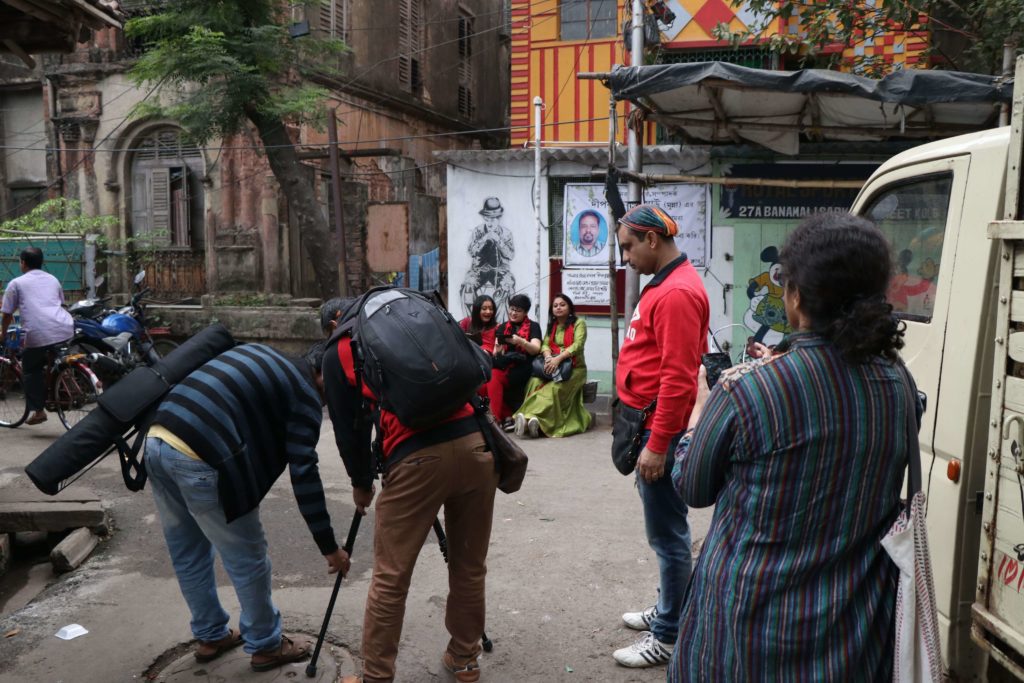
It will be justified to mention here that some repetitive shots should have been avoided, also, some shots should have been shorter in length and the film would have been more compact and aesthetically strong. The director himself is the music composer of the film and he gives life to some scenes with his compositions, though in some places the sound of music overpowered the appeal of visual images. The visuals of the film were so meaningful that the spoken word portion should have been minimised to make the images more vocal. One element that is almost missing is the actual environmental sounds related to the images.
The music director paid more attention to creating mood-based music, but as the film is based on the actual locales, the original incidental songs were necessary to give life to the situations.
The music director paid more attention to creating mood-based music, but as the film is based on the actual locales, the original incidental songs were necessary to give life to the situations. In the editing also, the director took the help of the fade-out technique and that technique gives a fragmented and episodic feel to the story, which is not wholly befitting in terms of the narrative of this film.
This film will remain fresh in the mind of audiences for its unique content and passionate making.
Photos by Shuvayu Bhattacharya

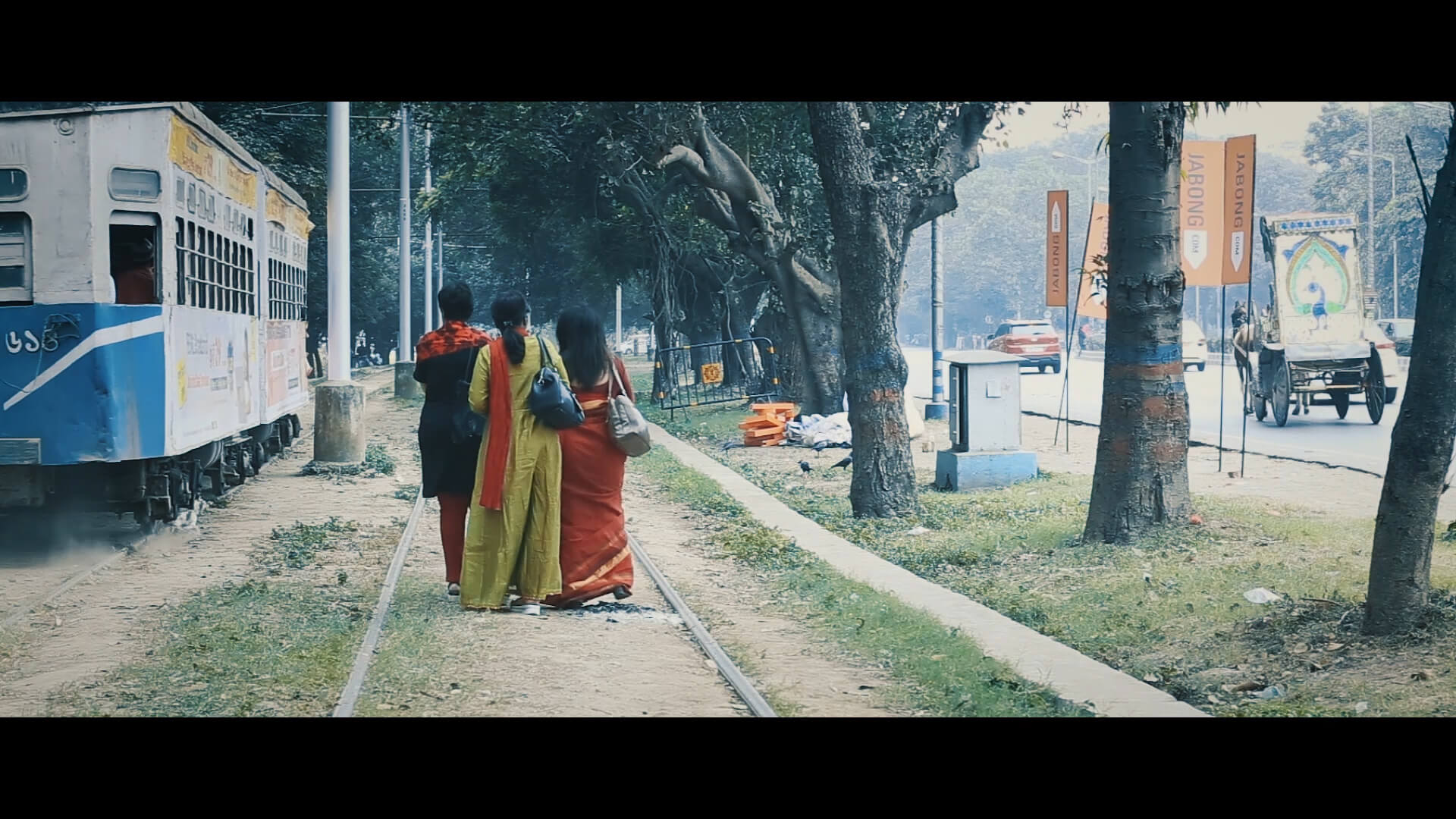
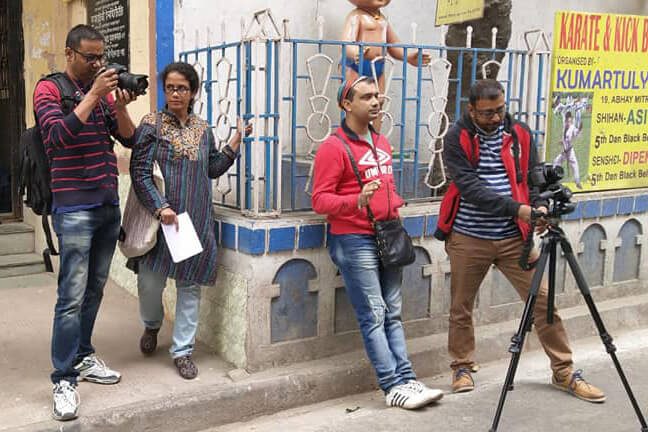
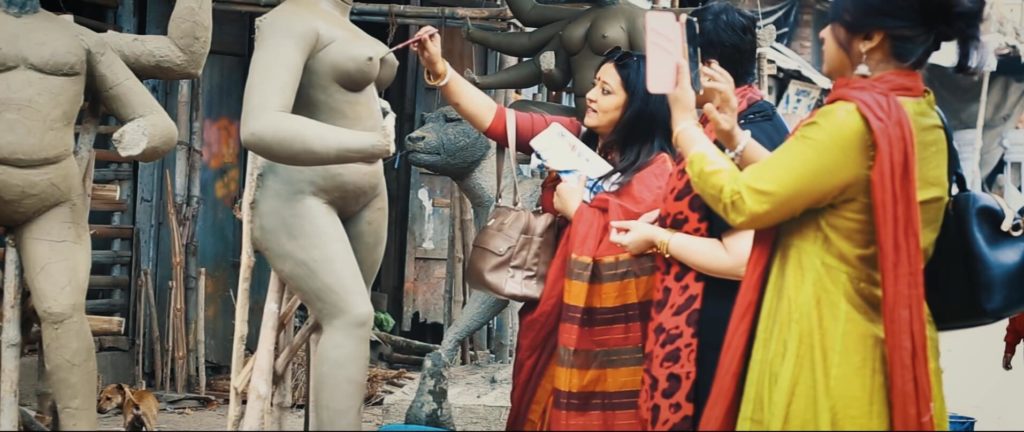
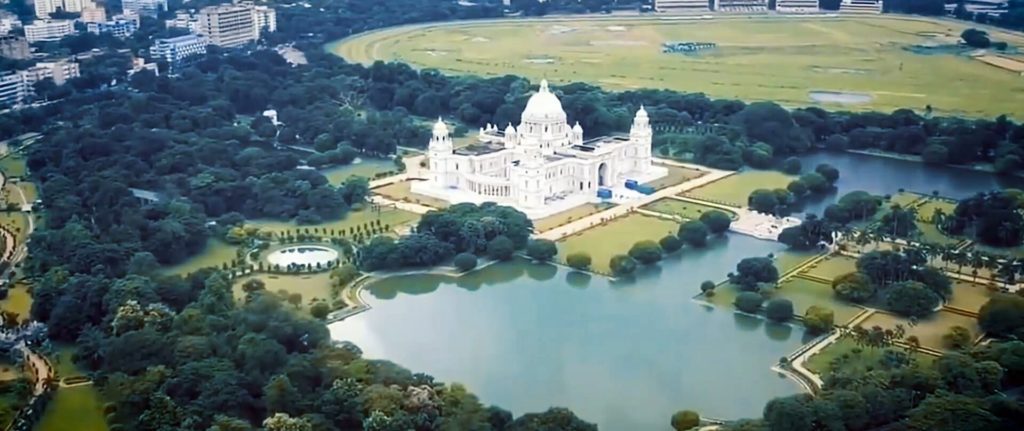
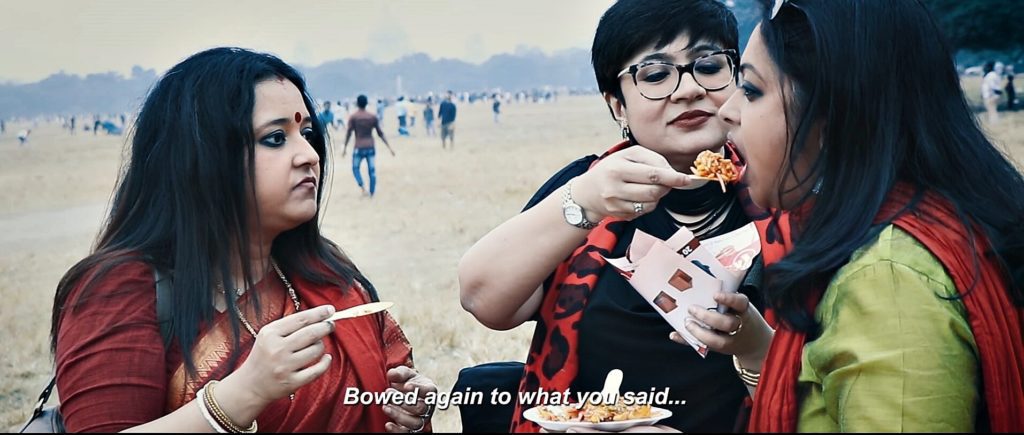
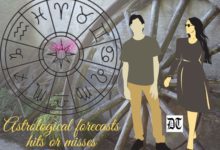


 By
By
 By
By
 By
By
 By
By